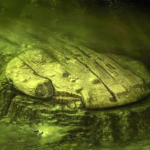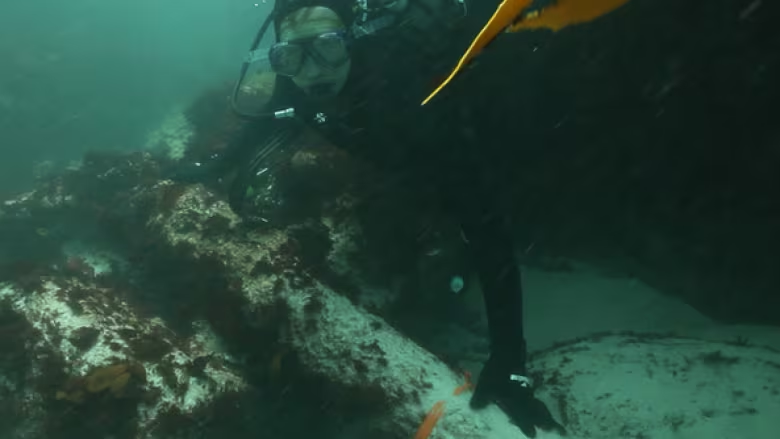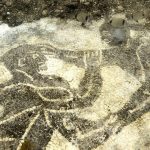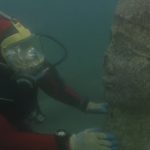Lone Survivor (2013)
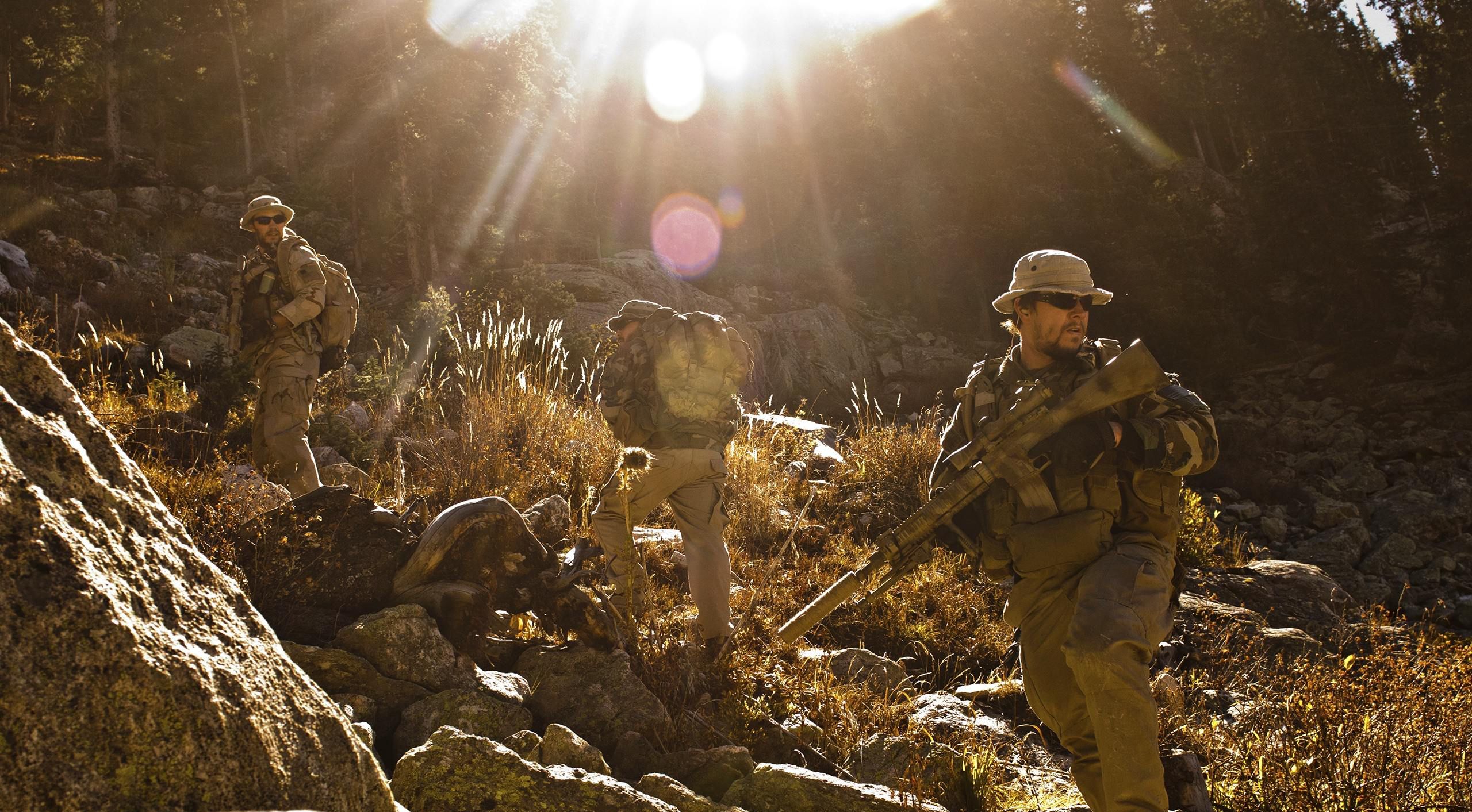
Lone Survivor is a 2013 American biographical war film based on the 2007 nonfiction book of the same name by Marcus Luttrell with Patrick Robinson. Set during the war in Afghanistan, it dramatizes the unsuccessful United States Navy SEALs counter-insurgent mission Operation Red Wings, during which a four-man SEAL reconnaissance and surveillance team was given the task of tracking down the Taliban leader Ahmad Shah. The film was written and directed by Peter Berg, and stars Mark Wahlberg, Taylor Kitsch, Emile Hirsch, Ben Foster, and Eric Bana.
Upon first learning of the book in 2007, Berg arranged several meetings with Luttrell to discuss adapting the book to film. Universal Pictures acquired the film rights in August 2007, after bidding against other major studios. In re-enacting events, Berg drew much of his screenplay from Luttrell’s eyewitness accounts in the book, as well as autopsy and incident reports related to the mission. After directing Battleship (2012) for Universal, Berg resumed working on Lone Survivor. Principal photography began in October 2012 and concluded in November, after 42 days. Filming took place on location in New Mexico, using digital cinematography. Luttrell and several other Navy SEAL veterans acted as technical advisors, while multiple branches of the United States Armed Forces aided the production. Two companies, Industrial Light & Magic and Image Engine, created the visual effects.
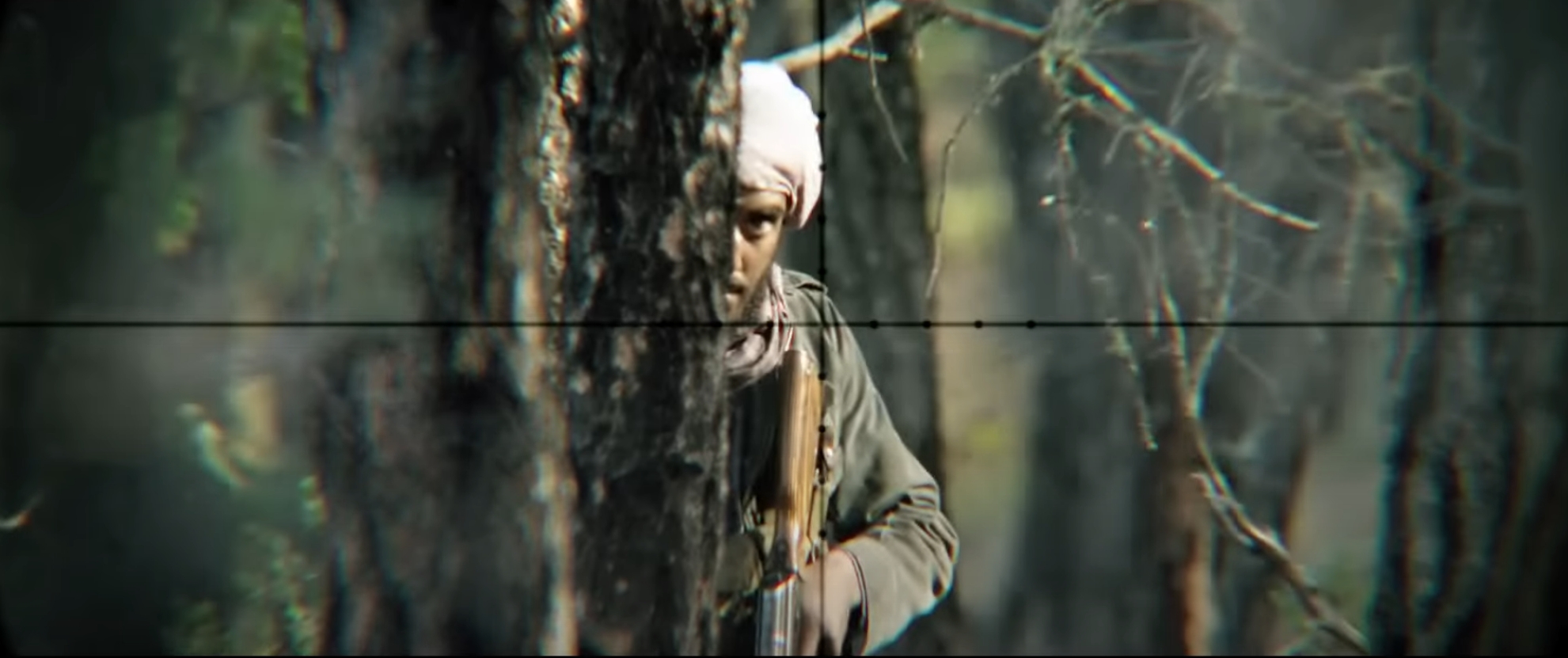
In 2005, Ahmad Shah, a local Taliban warlord in the Korangal Valley is identified as the person responsible for the deaths of several Marines, plus many villagers who are believed to have aided the American forces in Afghanistan. A Navy SEAL team, consisting of Michael Murphy, Matthew Axelson, Danny Dietz and Marcus Luttrell, is ordered to capture Shah.
Inserted overnight via helicopter, the four-man team make their way toward Shah’s last known location. Due to the mountainous terrain the team is operating in, communications with J-Bad become difficult. Though the team identify Shah, they are discovered by local villagers; one of whom is carrying a walkie-talkie. Believing that the villagers are Taliban sympathisers, the SEALs debate setting them free or killing them. Murphy orders them to be set free.
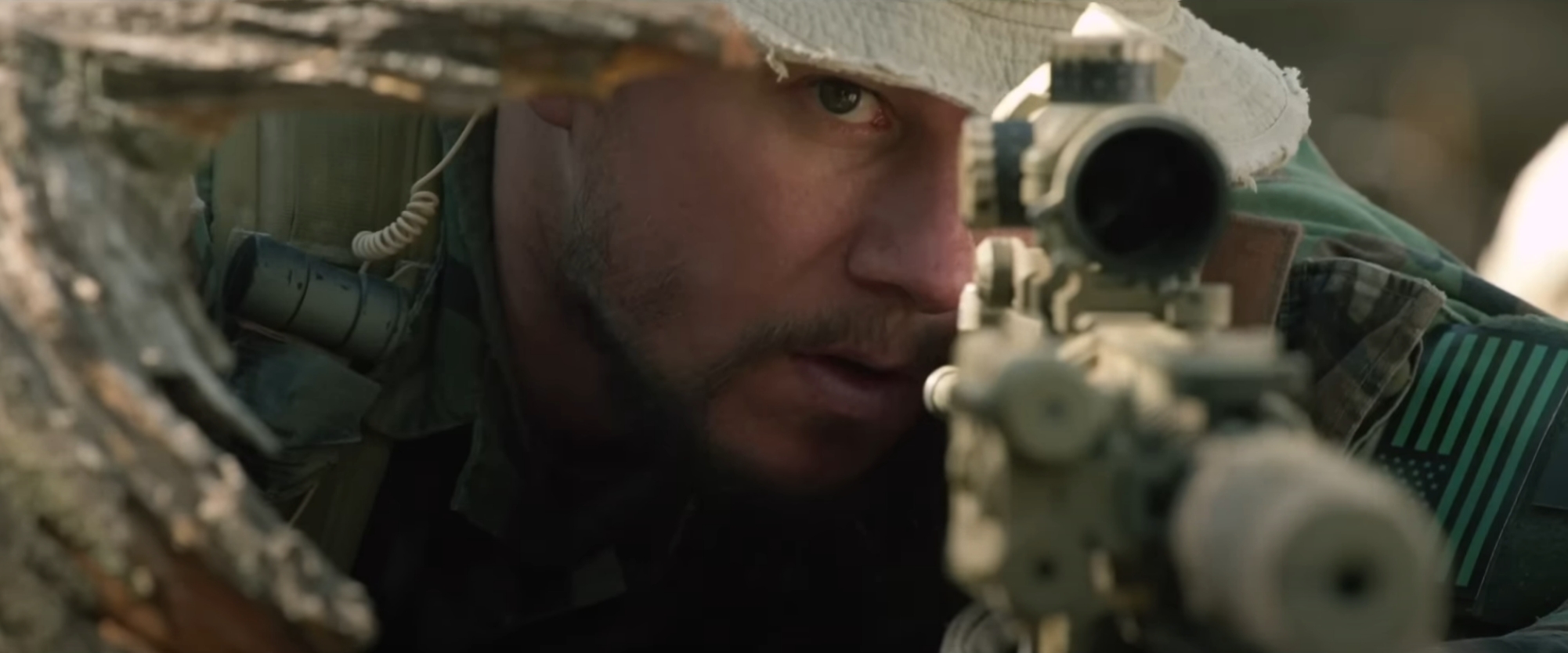
The team proceed up the mountainside, aborting their mission and intending to extract. However, true to the SEALs’ concerns, the villagers alert the Taliban, who pursue the team. Though the SEALs begin with the advantage, the sheer number of the Taliban forces begins to overwhelm them and their position. Pushed toward a ravine the SEALs are given little choice but to jump, but are thrown off balance when an RPG detonates in front of them. Dietz is killed and the remaining SEALs try desperately to raise support. Murphy scales the cliff to gain a clear signal which finally alerts the QRF, though he is killed shortly after. 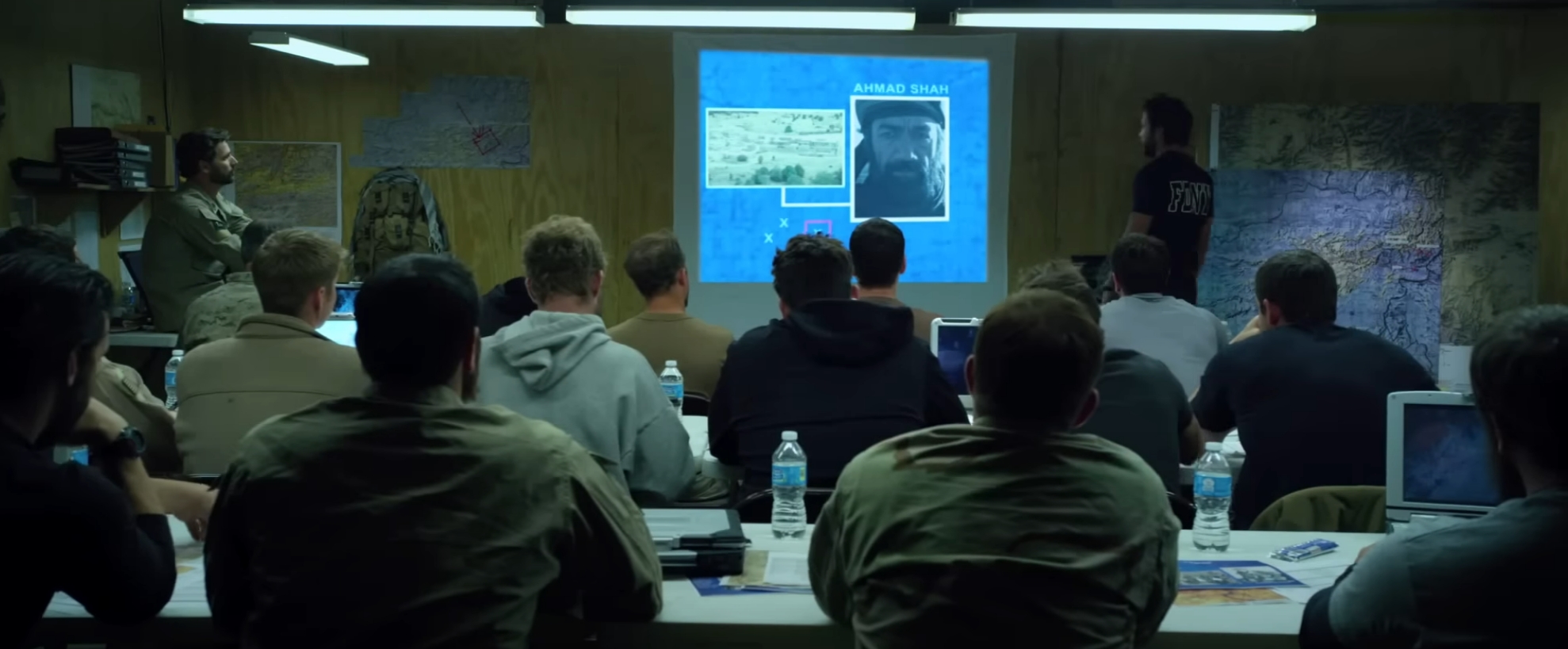
The QRF scrambles to the SEALs’ aid, though the two Chinook helicopters fly in without Apache support. Briefly encouraged by the arrival of reinforcements, Luttrell and Axelson watch helplessly as one Chinook is shot down by an RPG. The second aborts, leaving Luttrell and Axelson to fend for themselves. Already grievously wounded from battle, the disoriented Axelson is soon cornered by Taliban gunmen and killed. Luttrell is also discovered, though he survives an RPG attack and is able to hide from his pursuers overnight and escapes.
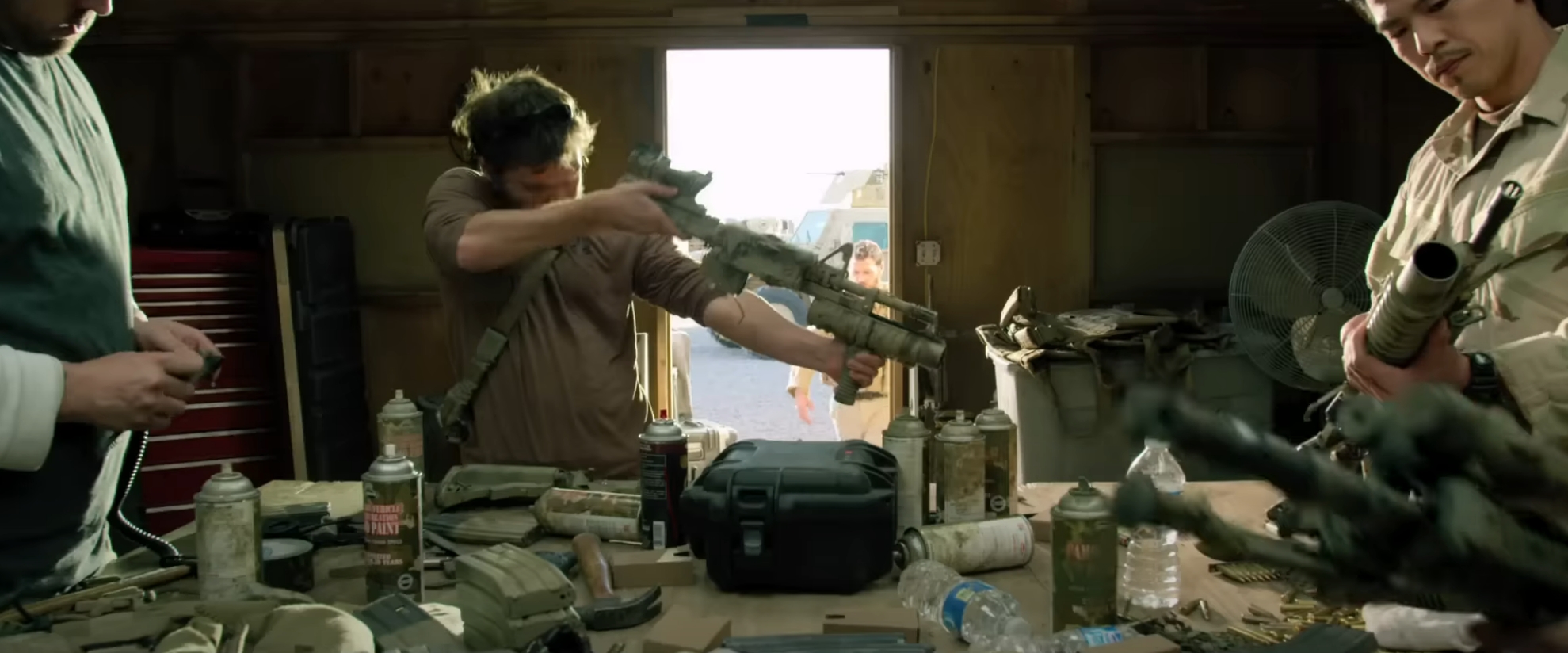
Wandering alone, Luttrell happens across a small stream when he is discovered by Mohammed Gulab, a local Pashtun. Taking the wounded and exhausted Luttrell into his care, Gulab hides him from the Taliban in his home, and also sends another villager to the nearest American base to report on Luttrell’s location. Shah arrives at the village to execute Luttrell, however the villagers resist. Shah leaves, but returns later with several Taliban gunmen and engages the villagers. Rangers arrive mid battle and evacuate Luttrell, who also thanks Mohammed for his assistance.
